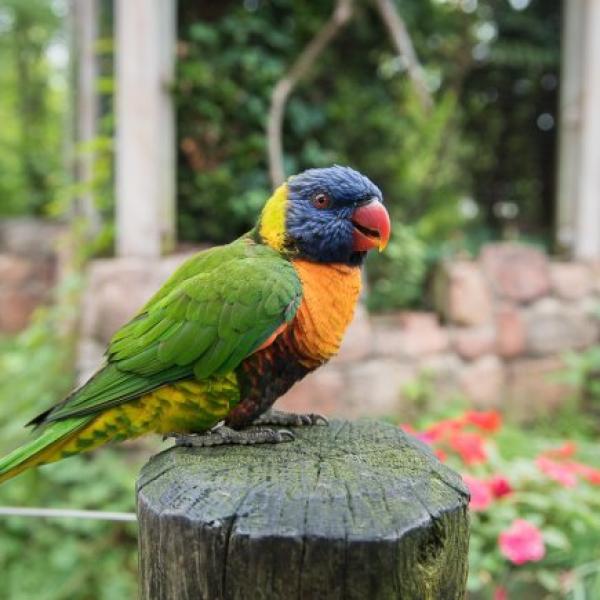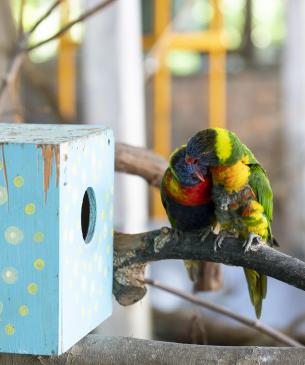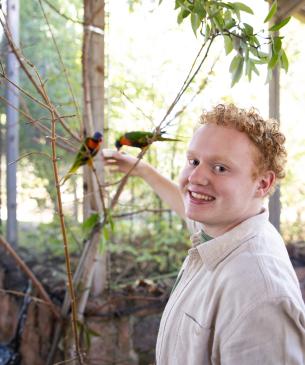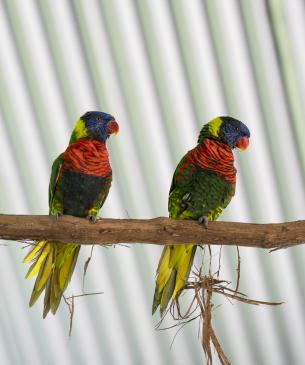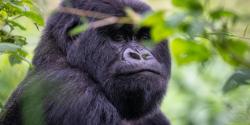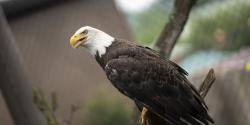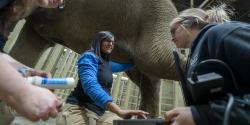Over 50 species and subspecies of colorful lorikeets are found throughout Australia and New Guinea.
Three species call the Columbus Zoo and Aquarium home: the rainbow lorikeet (Trichoglossus moluccanus), the coconut lorikeet (Trichoglossus haematodus), and the marigold lorikeet (Trichoglossus capistratus).
Explore the wonder of the Lorikeet Aviary and experience the wonder of these beautiful birds up close and personal! You can wander through the lorikeets’ world, losing yourself in their brightly beautiful plumage. To get even closer to the action, you can purchase nectar to feed the birds and experience what it’s like to be a living bird feeder!
Scientific Name: Trichoglossus
Conservation Status: Least Concern
Size: Up to 11 in. long, depending on species
Weight: 3.5 to 5.5 oz.
Median Life Expectancy: Unknown

